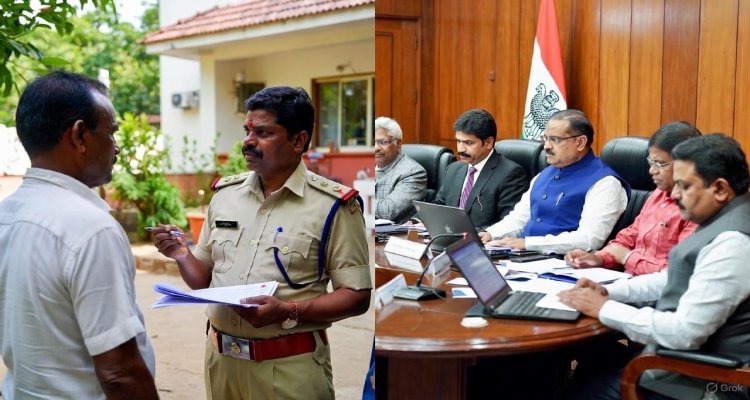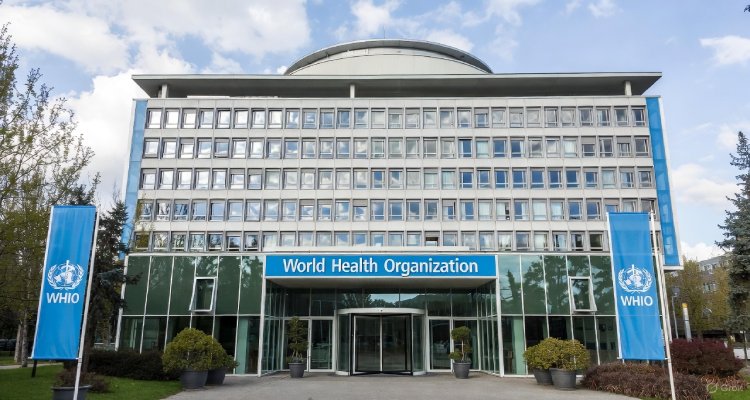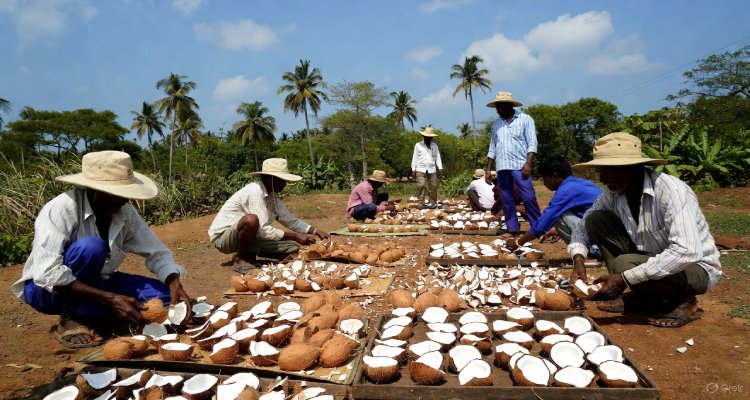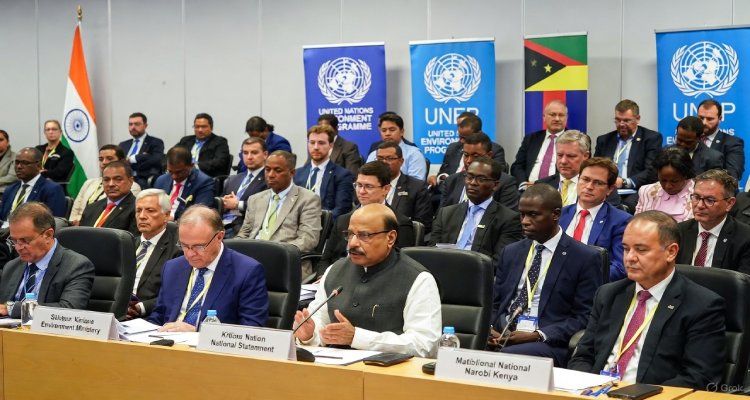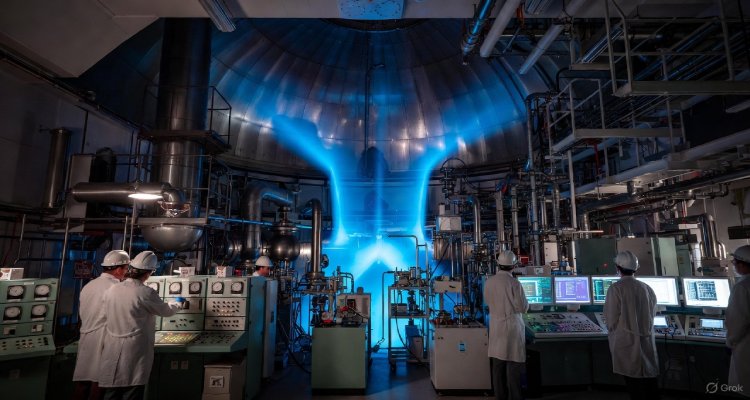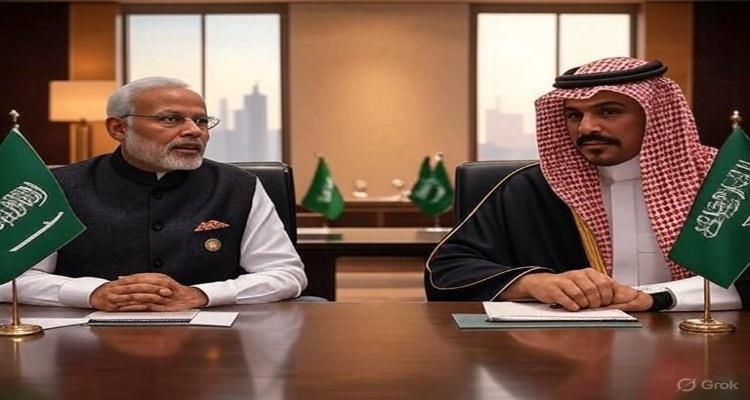India and Saudi Arabia Deepen Defence Partnership at 7th Joint Committee Meeting in New Delhi
India and Saudi Arabia have advanced their defence partnership during the 7th Joint Committee meeting in New Delhi, paving the way for joint manufacturing, enhanced training, and deeper strategic collaboration in 2025.
Introduction
With shifting dynamics in global security and a rapidly changing region, India and Saudi Arabia signaled a bold new phase in defence cooperation during their 7th Joint Committee on Defence Cooperation (JCDC) meeting held in New Delhi on August 28, 2025. The nations, both key players in Asia and the Middle East, are moving beyond traditional exchanges towards a new model of collaboration—one that emphasizes co-development, joint training, and high-tech defence manufacturing.pib+2
Context & Background
Bilateral relations between India and Saudi Arabia have roots stretching back to 1947. Over the decades, ties have grown from basic diplomatic contacts into a robust strategic partnership, marked in recent years by the Delhi Declaration (2006), the Riyadh Declaration (2010), and the formal creation of the Strategic Partnership Council (SPC). Notably, Saudi Arabia’s 2019 investment pledge of $100 billion and its entry into the International Solar Alliance further cemented this bond. Defence cooperation, long one of several pillars in the relationship alongside energy and trade, has gained unprecedented momentum—especially since the addition of a Ministerial Committee on Defence Cooperation under the SPC during the Indian Prime Minister’s visit to Riyadh in April 2025.indiamanufacturingreview+3
The economic fabric is vital as well. In FY 2023-24, bilateral trade stood at $42.98 billion, with India standing as Saudi Arabia’s second largest trade partner—while Saudi Arabia remains India’s fifth largest trading partner and third largest crude oil source.manoramayearbook
Main Developments
At this year’s JCDC meeting, both sides reiterated their commitment to further strengthen defence ties. High-profile co-chairs—Joint Secretary Amitabh Prasad from India and Major General Saad Mohammed H Alkathiri from Saudi Arabia—led the deliberations, which focused on:
-
Training Cooperation: India offered specialized training for Saudi armed forces at its premier defence academies, reinforcing a mutual drive to enhance skills and interoperability. Both sides traded notes on training capabilities and requirements, highlighting collaboration not only in traditional military skills but also in cyber, IT, tactical communications, and disaster management.ssbcrack+4
-
Industrial Partnerships & Joint Manufacturing: Pivotal conversations revolved around the joint production of military equipment. India showcased its “Make in India” defence platforms, while Saudi Arabia highlighted synergies with its Vision 2030 policy to localize over half its defence acquisitions. Potential co-production targets include drones, electronic warfare systems, and advanced naval platforms.manufacturing.economictimes.indiatimes+2
-
Maritime Cooperation & Military Exercises: Given mutual interests in securing the Arabian Sea and key trade corridors, maritime security is increasingly significant. Alongside this, both countries reaffirmed plans to expand joint military exercises to increase operational familiarity and trust between their armed forces.ddnews+2
Notably, officials expressed satisfaction over the successful conduct of Navy and Army Staff Talks this year, signaling regular high-level exchanges between the two militaries.pib+1
Expert Insight and Public Reaction
Defence analysts see this evolution as both strategic and practical. “India’s expertise in scalable, cost-effective military production dovetails with Saudi Arabia’s aspiration to localize defence industry as part of Vision 2030. A joint approach offers both nations significant leverage—India expands its defence exports and know-how, while Saudi Arabia diversifies from traditional suppliers,” observes Dr. Reena Kaul, a regional studies fellow at the Institute for Defence Analysis.ssbcrack+1
On-the-ground sentiment in both capitals appears positive, with media and commentators noting the steady shift from a “buyer-seller” relationship towards a partnership marked by innovation and trust. The collaboration is widely seen as a win for economic development, industrial growth, and national security in both nations.indiandefensenews+1
Impact and Implications
The next phases will likely see the Joint Committee’s work translate into tangible initiatives. This includes joint research and development centers, co-production facilities, and potentially a new set of defence export agreements. For India, these moves signal an opportunity to become a pivotal player in the Gulf’s defence landscape—which also advances its own global ambitions.manufacturing.economictimes.indiatimes+2
For Saudi Arabia, leveraging Indian manufacturing and technical expertise furthers its 2030 localization goals—and provides more affordable, reliable alternatives to Western imports. The ripple effect could see technology spillovers into civilian sectors such as IT and cyber, while also improving both nations’ disaster response and crisis management capacities.ssbcrack+1
Beyond military and economic circles, strategic convergence in the Gulf region has broader implications. With maritime security a key focus, the partnership may shape the future of security in one of the world’s busiest shipping corridors, underpinning regional stability.indiamanufacturingreview+2
Conclusion
The 7th India-Saudi Arabia Joint Committee meeting marks a watershed moment in bilateral relations. Moving decisively beyond the limits of traditional defence cooperation, both countries are setting a fresh course—anchored by innovation, capacity-building, and shared strategic vision. As global uncertainties persist and regional threats evolve, this robust and future-facing partnership stands poised to play a defining role in Asia-Middle East security and prosperity.manoramayearbook+3
Disclaimer : This article is based on recent official releases and credible news reporting as of August 2025. All facts and statements reflect developments up to the date of publication.



